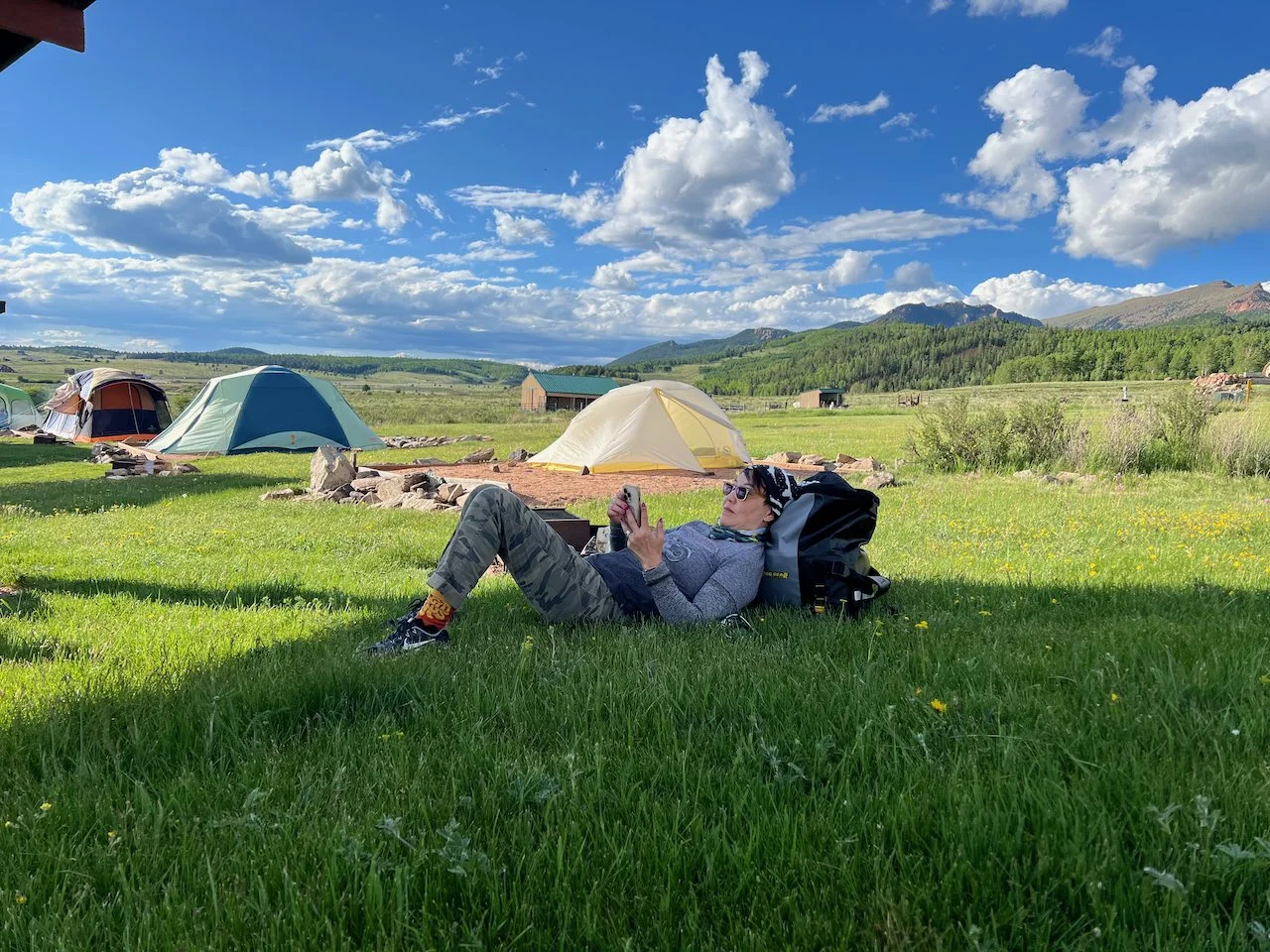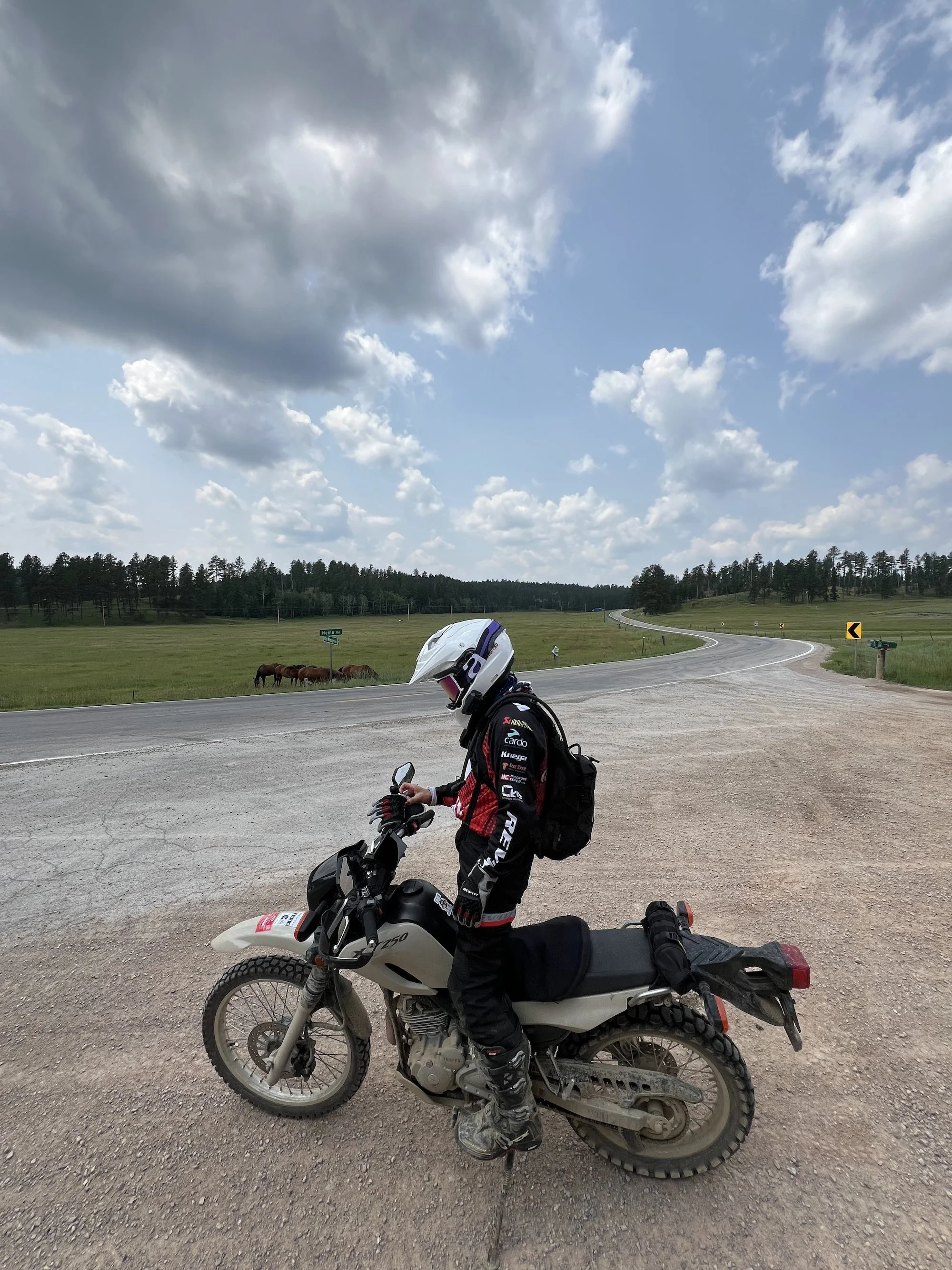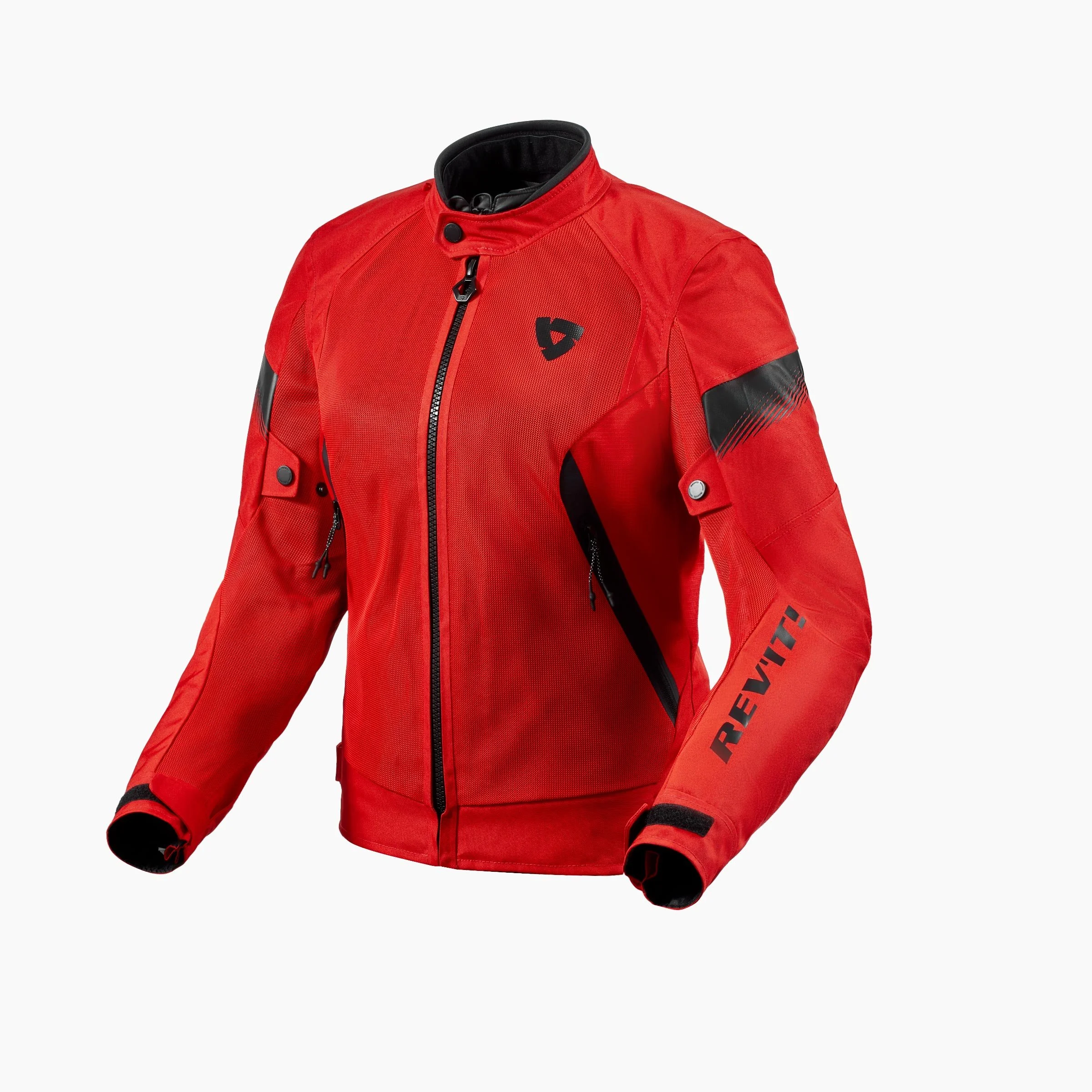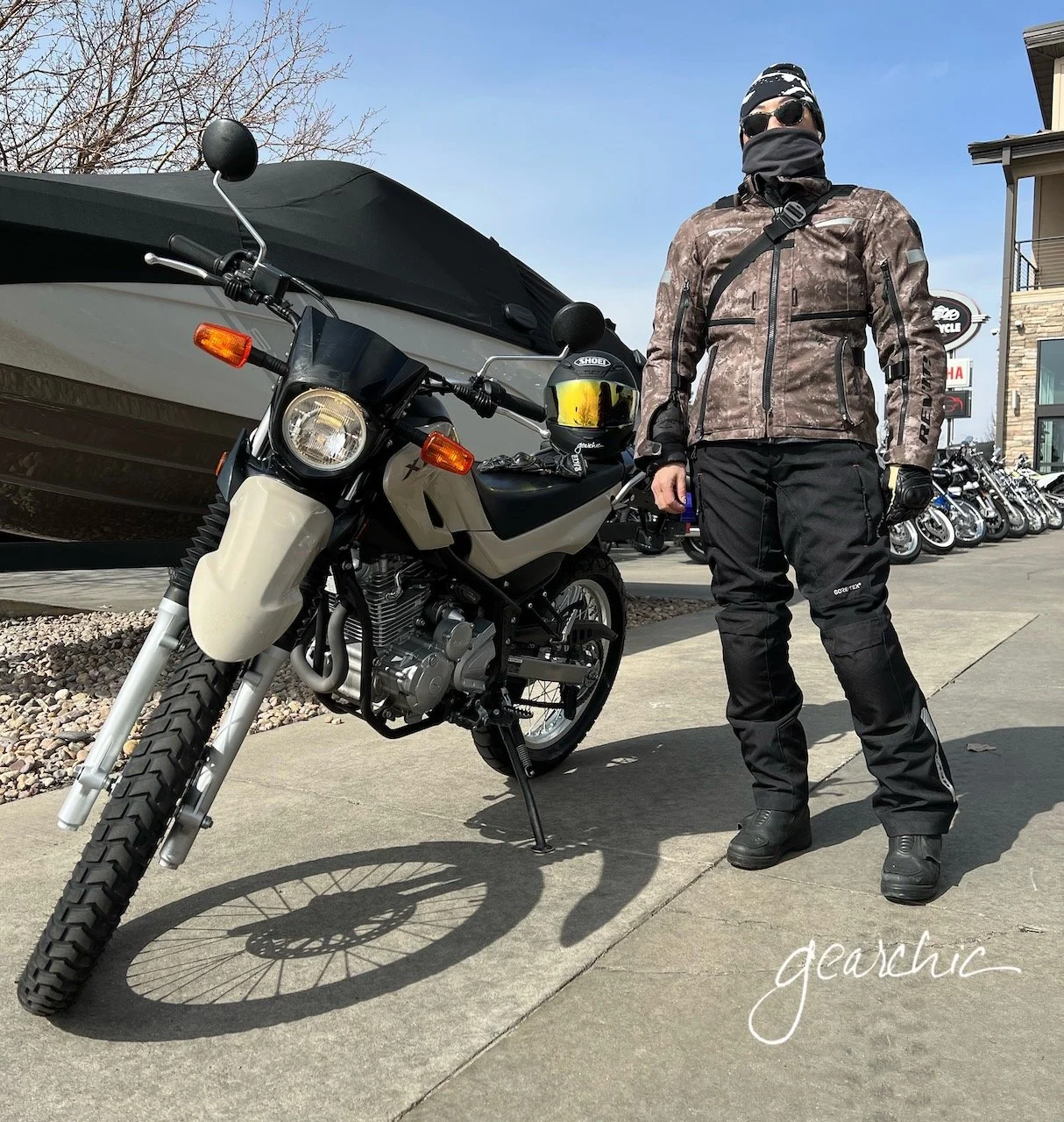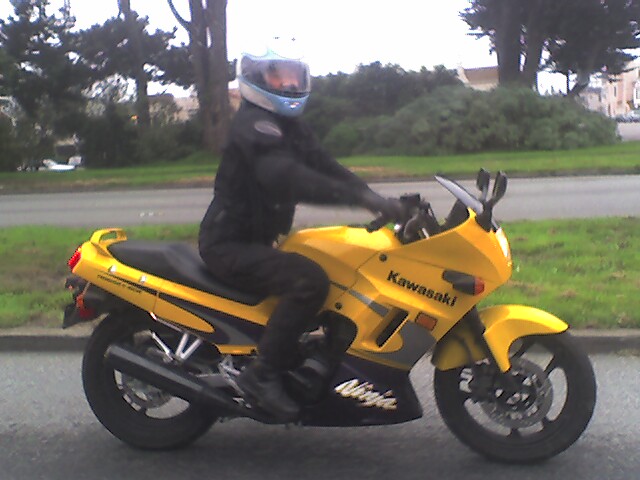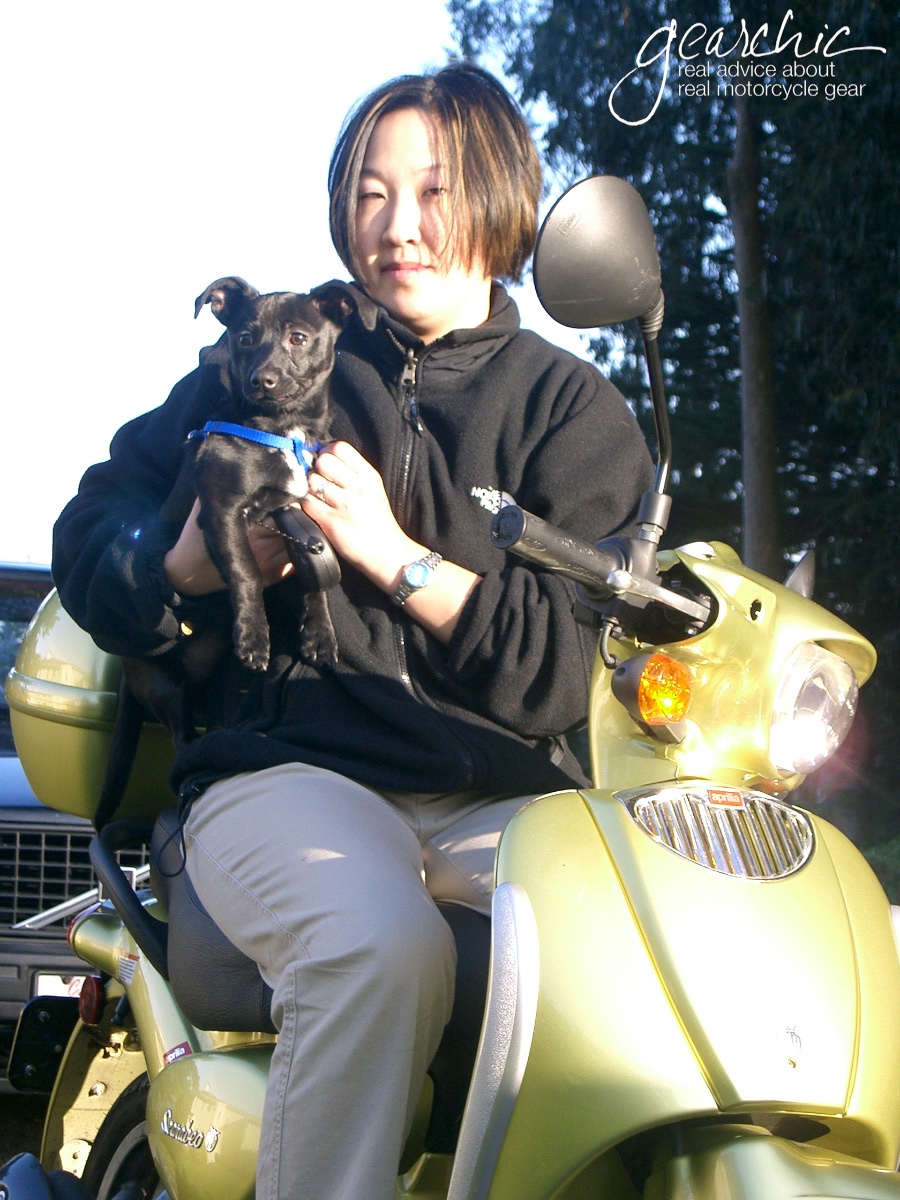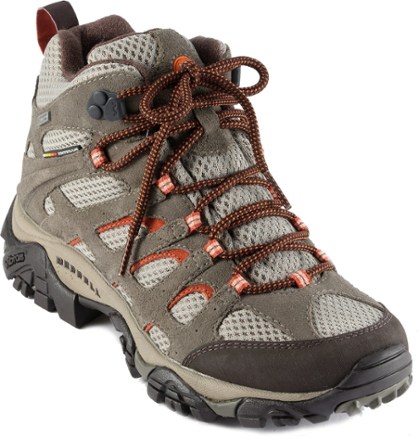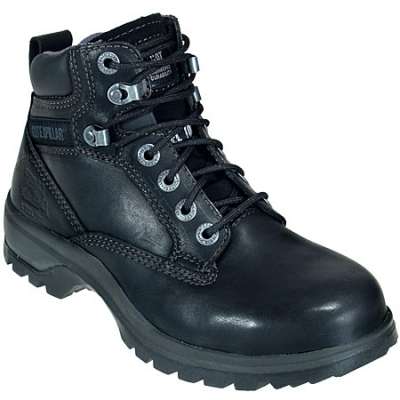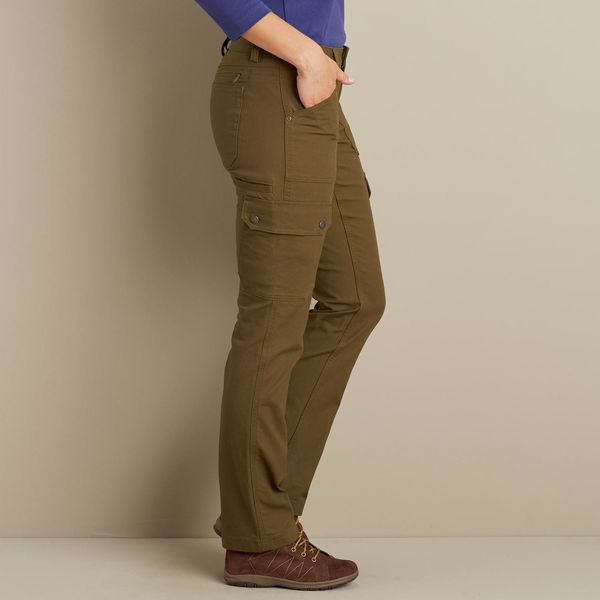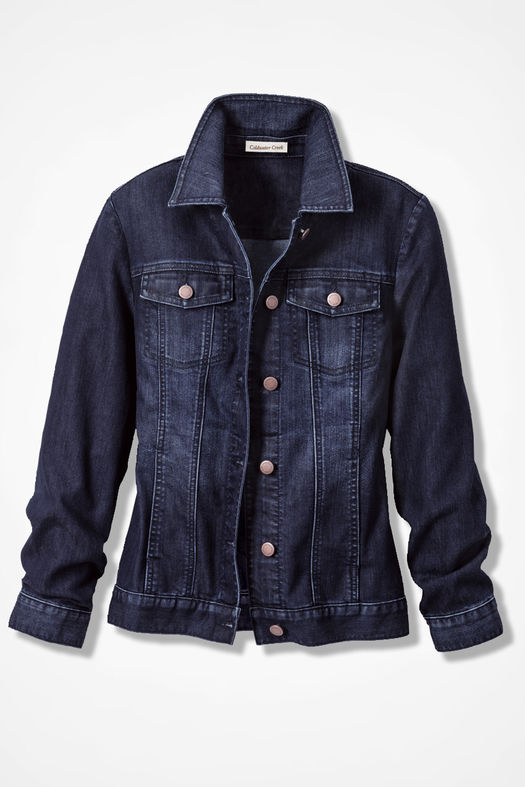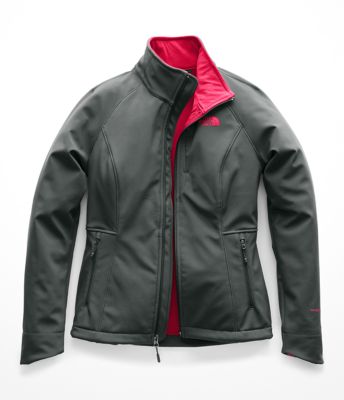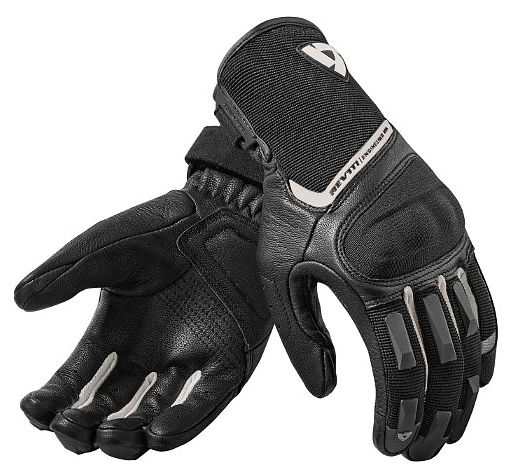Just in time for the San Mateo IMS this weekend. I've put together a quick handout that will help anyone (men AND women) go out and shop for protective motorcycle gear. Most importantly, I've included the 5 GearChic Rules that MUST be followed at all times:
- RULE #1 ALWAYS judge proper fit ON a motorcycle, or in riding position.
- RULE #2 If it's too comfortable, it's probably too big.
- RULE #3 Fit then Budget
- RULE #4 Try on Everything until you find the right shape
- RULE #5 Leather should always start out snug so it can stretch and break in comfortably.
My list includes everything you should be wearing when on your motorcycle: Full face helmet, jacket, gloves, pants and boots. It's like having me right in your back pocket! I've also included a few tips for each type of item to help you make your decisions. Whether it's at the show or on your own at your local shop, I hope this will help you make a well informed decision on what to buy and how to shop for it.
CLICK HERE to Download the Handout!
(You'll need a PDF reader to view the attachment)
I'll be at the IMS this weekend, mostly hanging out at the Women's Center booth giving gear seminars. I'll be tweeting my whereabouts, if you would like to know where I am! If you still need discount tickets, use Christina Shook's promo code "COB" online through the IMS website. Thanks Christina!!
And finally, don't forget to tune in tomorrow, Tuesday November 17th at 4pm Pacific to listen to a special local edition of SideStandUp with me and Carla co-hosting the show with local Bay Area guests!
Hope to see you there.

